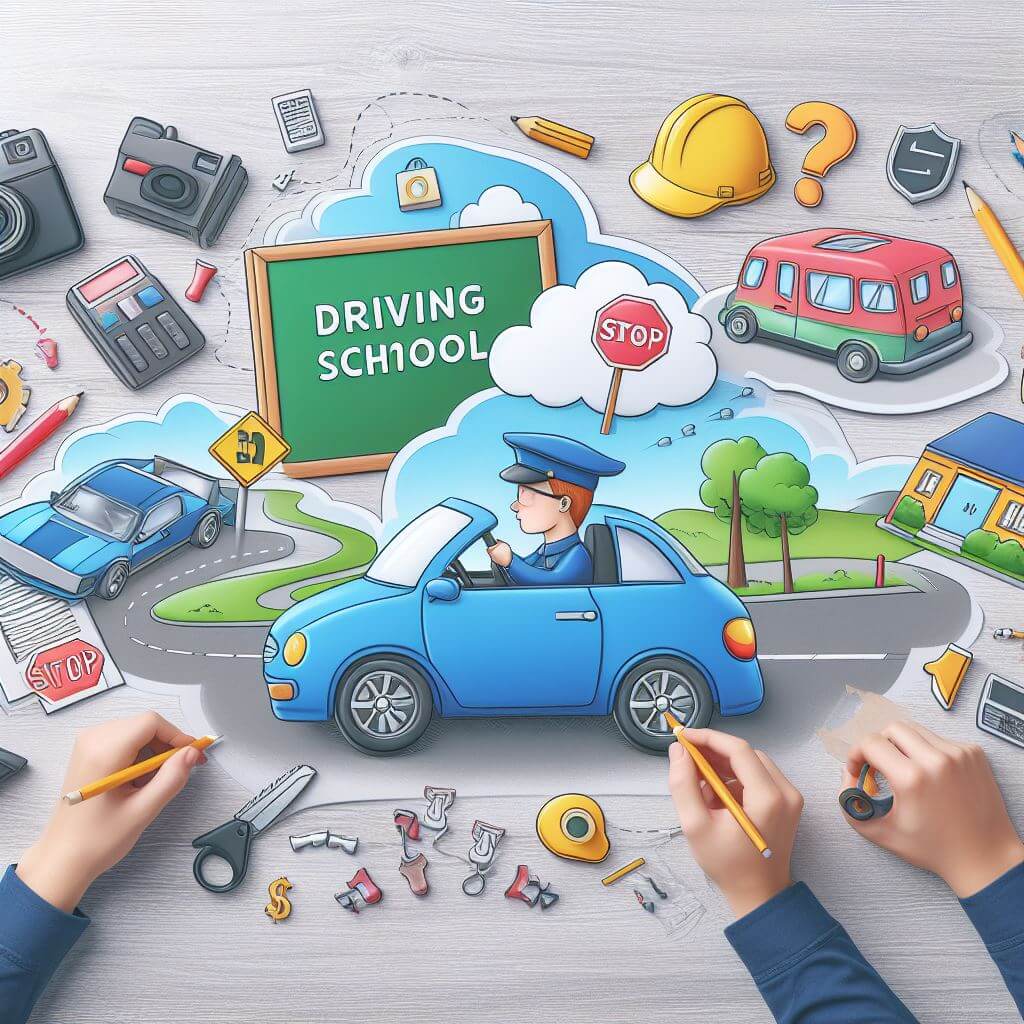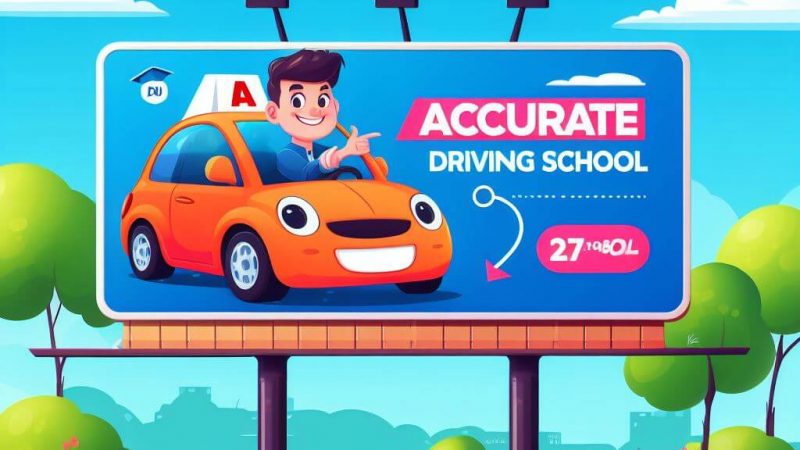How Does Driving School Work

Driving is an essential skill that offers independence, convenience, and a sense of freedom. To become a competent driver, enrolling in a driving school is crucial. Driving schools provide structured training programs that impart crucial knowledge, practical skills, and confidence to new drivers. In this article, we will delve into the details of how driving schools work, from enrollment to certification, and why they are vital for individuals seeking a driving license.
Contents
Enrollment and Registration
The first step to joining a driving school is the enrollment process. Prospective students must typically be of a legal driving age, possess a learner’s permit, or meet any other prerequisites set by local transportation authorities. Once the eligibility criteria are met, students can register with a reputable driving school in their area.
Classroom Instruction
Driving schools often include classroom instruction as a fundamental part of their courses. These sessions cover essential theoretical knowledge such as traffic rules, road signs, understanding driving laws, and accident prevention strategies. Qualified instructors conduct these classes, ensuring that students grasp the theoretical aspects of driving.
Simulator Training
Many driving schools now incorporate simulator training alongside classroom instruction. Simulators provide a practical yet controlled environment for learners to experience various driving scenarios. Students can learn to handle different weather conditions, traffic situations, and emergencies. Simulator training enhances their decision-making abilities and helps build confidence before heading out on the road.
Behind-the-Wheel Training
The most critical component of driving school is behind-the-wheel training. This practical aspect allows students to develop their driving skills under the guidance and supervision of professional driving instructors. Typically, these sessions take place in dual-controlled vehicles, enabling the instructors to intervene if necessary. Students learn fundamental tasks like steering, accelerating, braking, and parking, gradually progressing to advanced techniques such as lane changing, defensive driving, and maneuvering in heavy traffic.
Observation and Group Sessions
Driving schools often incorporate observation sessions in their curriculum. During these sessions, students watch other students’ driving lessons, allowing them to learn from their peers’ mistakes and gain insights from instructors’ feedback. Group sessions facilitate discussions on various driving scenarios, road safety, and problem-solving techniques, fostering a supportive learning environment and encouraging students to learn from one another.
Practical Road Training
Once students have gained adequate proficiency in driving skills, they progress to practical road training. This stage involves driving on actual roads, interacting with other drivers, pedestrians, and obeying traffic laws. Instructors evaluate students’ performance, provide feedback, and help refine their techniques to ensure safe and responsible driving behavior.
Preparation for License Test
Driving schools also play a vital role in preparing students for their license test. Instructors help students understand the requirements, guidelines, and procedures specific to their region. They conduct mock tests that simulate the real driving test, allowing students to become familiar with the assessment process and identify areas that need improvement. This preparation ensures students are confident and well-prepared for their final driving examination.
Certification
Upon successful completion of the driving school program and passing the license test, students receive a certificate of completion. This certificate serves as evidence of their competency, allowing them to apply for a driver’s license at their local department of motor vehicles (DMV). The certification from a reputable driving school can positively impact insurance premiums and provide credibility to future employers when seeking driving-related jobs.
Driving schools offer comprehensive training programs that equip aspiring drivers with the skills, knowledge, and confidence necessary to navigate the roads safely. From classroom instruction to simulator training, behind-the-wheel sessions to practical road training, these schools provide a structured curriculum, overseen by qualified professionals. Enrolling in a driving school is a significant step towards becoming a responsible and skilled driver, ensuring the safety of oneself and others on the road.


